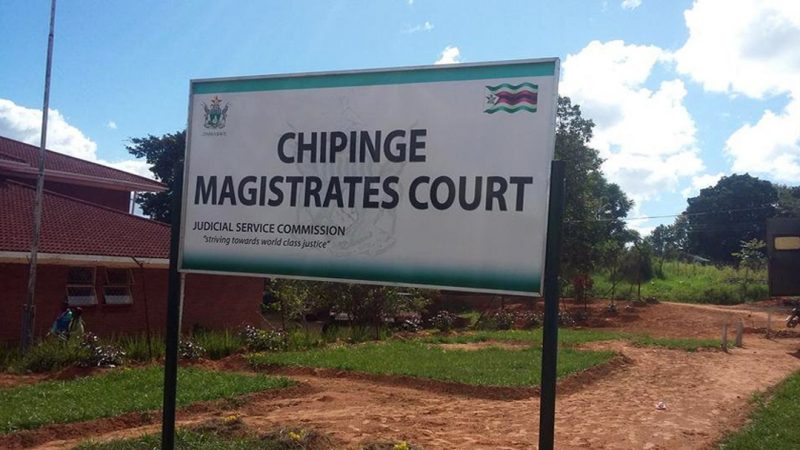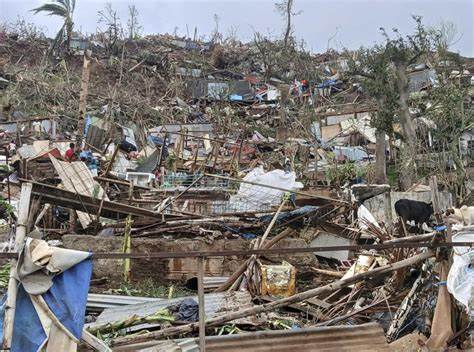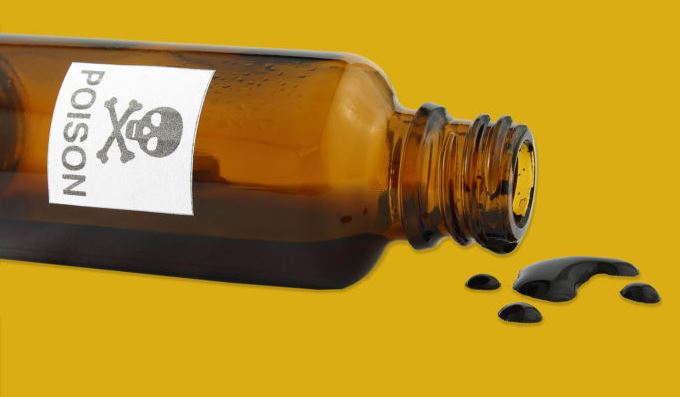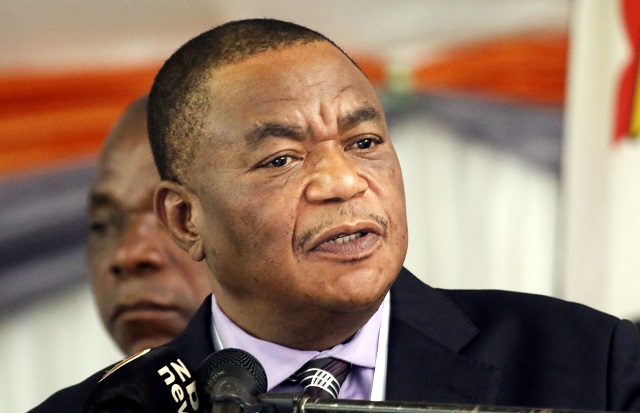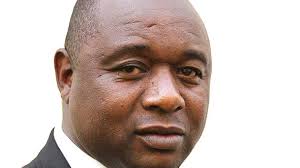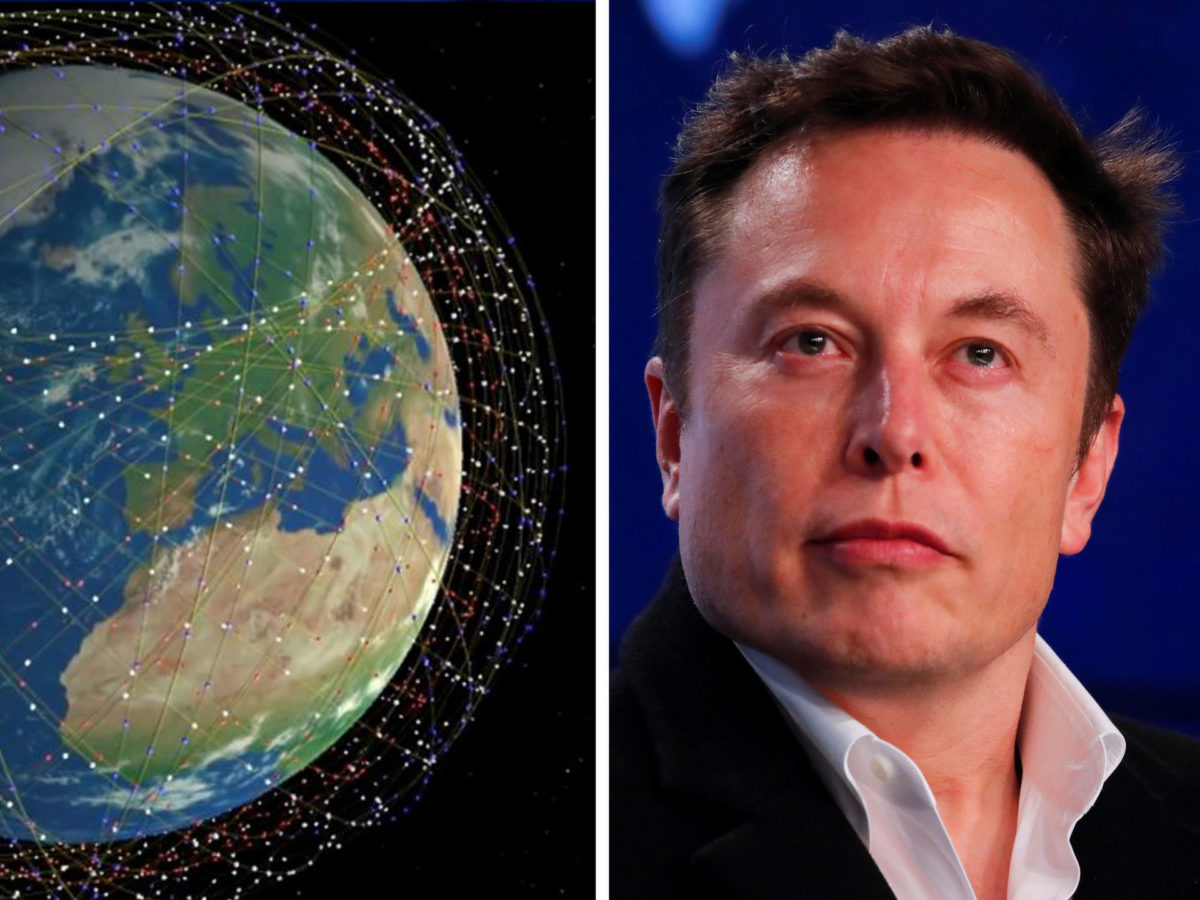BULAWAYO – Power utility ZESA has quietly begun drawing power from Hwange Unit 8, the second of two 300 MW generating units built at a cost of US$1.4 billion, ZimLive can reveal.
Testing of the coal-fired unit began on June 9, just days after tests were completed on Unit 7 which is now operating at full throttle.
Zimbabwe was generating 1,501 MW of power on Monday from the hydro power station at Kariba (761 MW) and Hwange (740 MW), while independent power producers weighed in with 287 MW for a total of 1,788 MW. The country’s electricity demand is 1,820 MW, according to ZESA data.
The addition of Hwange units 7 and 8 to the national power grid has seen ZESA easing extended outages that have impacted businesses and households.
“Hwange Unit 8 is currently producing about 220 MW after the synchronisation last Friday. We also expect the old generator, Unit 6, to come back on stream starting next week following repairs, which should add another 150 MW,” a top official in the energy ministry told ZimLive.
Energy minister Soda Zhemu is expected to announce the synchronisation of Unit 8 after a cabinet meeting on Tuesday.
The two new units were built by China’s Sinohydro, with 85 percent of the funding coming from China.
Before construction work began on Units 7 and 8, Hwange had an installed capacity of 920 MW from its thermal units commissioned between 1983 and 1987, but breakdowns and ageing equipment have crippled generation, leaving Kariba to carry much of the burden.
But low water levels due to inadequate rains have seen generation from the 1,050MW Kariba South hydro station being capped at a third of its capacity.
In December, the government announced incentives to help accelerate 1,000MW solar projects worth US$1 billion planned by independent power producers, seeking to ramp up renewable power generation amid a funding freeze on coal-fired power projects as the world shifts away from the polluting fossil fuel.



